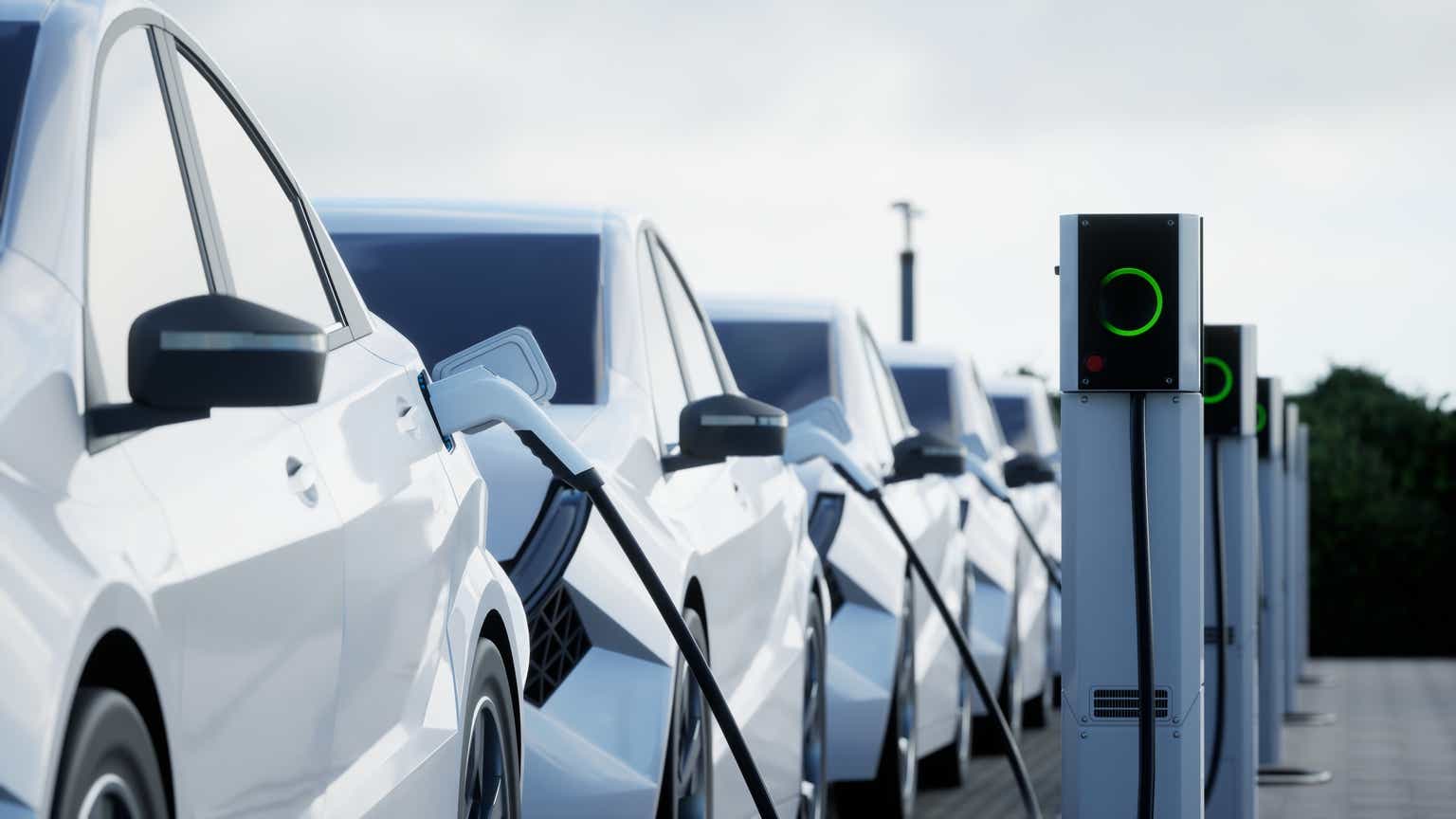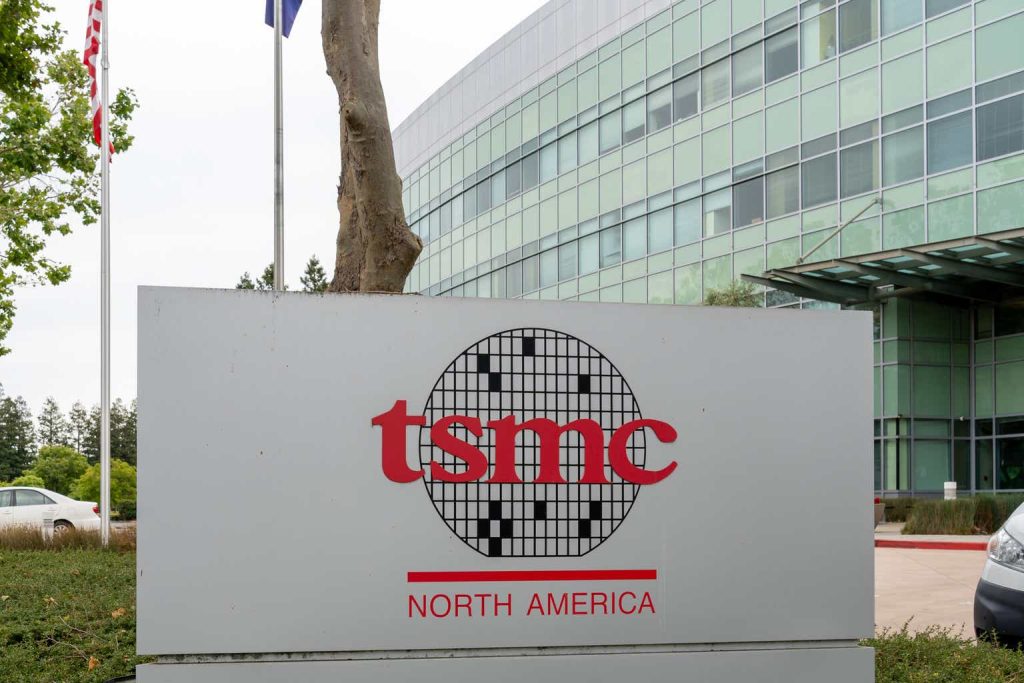When I last wrote about French auto supplier Valeo (OTCPK:VLEEY) (OTCPK:VLEEF) (FR.FP) in September of 2023, I wrote that, “time will tell if my bullishness on Valeo proves to be patience or folly”. At this point folly remains firmly in the lead, as Valeo has continued to underperform a weak auto sector, including other EV-leveraged auto suppliers like BorgWarner (BWA) and Vitesco (OTCPK:VTSCY).
Valeo management had been targeting nearly 50% revenue from EV and xEV products in 2025, and with EV sales slowing relative to expectations over the last year or so, Valeo is getting squeezed between that skepticism about the near-term trajectory for EVs and the high levels of ongoing R&D spending at the company (to say nothing of inadequate operating leverage on lower EV-related sales).
I continue to believe this is a short-sighted viewpoint, but arguing with the market can be like playing chicken with a freight train, and that has certainly been the case with this stock. While I believe that the valuation is unreasonably low here, it’s going to take patience and time for this name to work out and I don’t want to underplay the risks that Valeo may never live up to its own targets and expectations as an EV supplier.
A Weakening Auto Market, With Disappointing BEV Numbers
With the S&P recently reducing its expectations for the 2024 light passenger vehicle market (from flat to down 1%), more analysts are coming around to the idea that this is going to be a tough year for auto companies. I think it’s worth noting, though, that many suppliers were already of this opinion, with BorgWarner guiding to a small contraction in the 2024 build rate and Valeo management basing its 2024 expectations on a low single-digit decline in production (3% below the S&P’s initial expectation).
A slowing overall vehicle market is tough enough, but what’s worse for Valeo is that BEV sales are coming in lower than expected. Sales were up 14% worldwide in April, but global penetration rates are tracking below the 13%-14% rate that many expected for the year (it’s currently a little below 12%), and many OEMs have already pulled in expectations for EV sales, with companies pointing to weaker demand, smaller production runs, and launch delays. BEV sales have been more disappointing in Europe and North America, which is an even bigger issue for Valeo given its market skew.
There are legitimate challenges to driving increased EV penetration in Western markets, including the need to build charging infrastructure ahead of demand and the current relatively high cost of EVs, but there are always challenges when new technologies roll out. Said differently, I think it was unrealistic to assume that the transition from ICE to EV powertrains was going to be smooth and problem-free.
In the meantime, this has created a renewed interest in those auto suppliers that are powertrain-agnostic or leveraged to a longer sunset for ICE powertrains, and it’s not coincidence that stocks like Autoliv (ALV) and PHINIA (PHIN) have been outperforming more EV-exposed peers.
Valeo Has More To Offer Than It’s Getting Credit For
I continue to believe that the Street is underestimating Valeo’s position in the EV transition and what the company can accomplish over the next three to five years.
It’s true that BEV adoption is lagging prior expectations, but in the face of potentially greater challenges to BEV adoption, more auto OEMs are considering turning back to hybrids (including plug-in hybrids). Valeo is pretty strong in 48V systems and I think there is an underappreciated opportunity here if Western OEMs choose to refocus on hybrids in the near term.
I also continue to believe that the risk of in-sourcing is overstated. It’s true that many OEMs that relied on outside suppliers for ICE powertrain components are trying to go it alone with their EV powertrains. It’s likewise true that many of these OEMs have come under significant pressure from analysts and investors regarding their margins, cash flows/capital returns, and what seems like underwhelming consumer responses to their initial offerings.
My thesis here is still unchanged – while many OEMs will try a go-it-alone strategy, pushback on the costs of the required R&D and capex, as well as issues with the competitiveness of the finished product, will eventually force many of them to turn to outside suppliers. If anything, these disappointing sales numbers for EVs may speed this process, as OEMs are facing the prospect of ongoing spending to support sub-scale operations.
Last and not least, I think the expertise and capabilities that Valeo is building within its EV portfolio (as well as other areas like ADAS) is going underappreciated. This company has been spending around 12% of revenue on R&D, which is huge for an auto supplier and on par with what many semiconductor companies spend on R&D. Valeo was the #1 filer of new patents in France in 2023, and although it is absolutely true that R&D spending does not guarantee future revenue, competitive races in technology-driven markets usually go to the companies that spend on innovation.
The Outlook
There are numerous challenges and risks in front of Valeo today. While the company still has a strong ICE powertrain business (conventional and 48V powertrain revenue was up 8% in the first quarter), the company absolutely needs the high-voltage BEV business to grow (sales were down 49% in Q1’24 on customer production shortfalls and destocking) to meet its targets. I also see risks to the China business; Valeo gets about 16%-17% of its revenue from China and I do think there’s a risk of Chinese retaliation against European auto suppliers (due to EU tariffs on Chinese EVs), to say nothing of a risk of Chinese OEMs switching to local suppliers over time.
There are more mundane risks in play as well. It is possible that Valeo may simply not get as much market share relative to Bosch, BorgWarner, Vitesco, et al as previously hoped, and/or that in-sourcing actually does emerge as a long-standing headwind to the business. All of that would mean lower revenue and lower margin leverage.
Valeo’s 2023 results were close to my expectations, with revenue about 2% short and EBITDA about 1% short. I’ve cut back my 2024-2026 revenue expectations by about 5%-6% in the face of weaker overall auto production and those shortfalls in BEV penetration. While my long-term revenue growth expectation goes down to 4% to 5% (from 5% to 6%), that has a lot more to do with a higher starting point (FY’23 revenue was up 10% yoy) than meaningful changes to my longer-term numbers.
I’m expecting 2024 EBITDA margin to improve modestly from the 12% of the last two years to around 12.5% (in the middle of management’s guidance range), with improvement to 14% by 2027 as EV penetration ramps. For the long term, I’m still expecting FCF margins in the 2% to 3% range, with FCF growth in the low-to-mid-teens.
Between discounted cash flow and margin/return-driven multiple-based approaches, Valeo shares still look very undervalued. If Valeo can achieve 4% to 5% revenue growth (versus historical growth of over 6%) and future FCF margins on par with its historical trend (a weighted average of just over 2%), the shares could triple from here. Likewise, the market is currently unwilling to pay anything close to what the market has traditionally paid for similar levels of EBITDA margin, operating margin, or ROIC.
The Bottom Line
Even granting the risk that Valeo’s huge corporate bet on electrification may not pay off as management expected, I believe a huge amount of skepticism, if not outright pessimism, is already priced into these shares. I understand why the market is leery of investing in EV-driven stories today, but I still believe patience can pay off as OEMs push through these early adoption challenges and as the value of Valeo’s R&D translates into better revenue and margins.
Editor’s Note: This article discusses one or more securities that do not trade on a major U.S. exchange. Please be aware of the risks associated with these stocks.
Read the full article here






